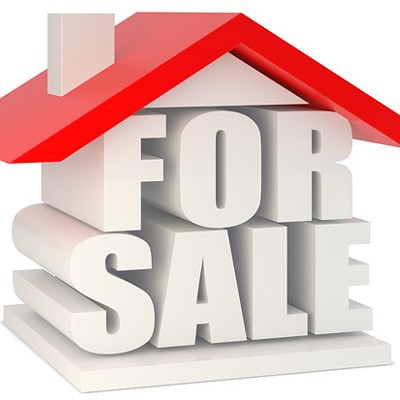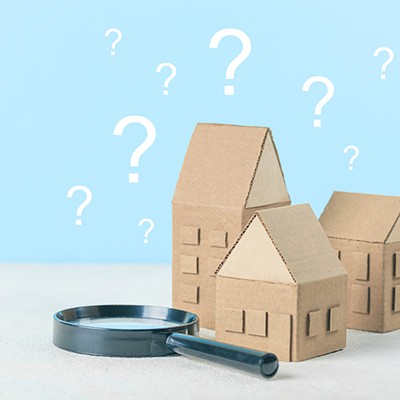The affordable housing crunch and ways of alleviating it have been on my mind these past few weeks. In Bend, some have suggested that we need to expand the urban growth boundary, providing more land for development and then build more affordable housing. There are both advantages and disadvantages to consider in taking this approach, which can encourage urban sprawl.
The advantage of suburban expansion for developers is that the land is cheaper and profit higher. For homeowners, those who want a larger lot and lower density can have it. On the surface, this sounds good, but there are costs to consider such as traffic and travel to and from the suburbs to the city to work. The homes might be less expensive, but one ends up spending more for fuel and vehicle expenses. For the community, the consequences include increased road congestion and the cost of the additional infrastructure for these developments. Increased traffic also leads to increased air pollution. Though Bend is far from being Los Angeles, this is the classic problem: one hour of travel time for a five-mile commute to work with poor air quality sounds like something most of us would probably want to avoid. Suburban development makes people more reliant on their automobiles and is less compatible with walking and biking to work. Lower density single family homes consume a lot more energy than higher density multi-story homes which tend to be smaller and share walls with neighboring units.
It seems prudent to consider the mistakes of some other cities when creating land use policies and seeking to have the best of both worlds. For example, instead of encouraging building on the outskirts of town, how about increasing the efficiency of current developments by converting to mixed use developments and building upward. The closest local example we have of mixed use development is in Northwest Crossing and the Minnesota Avenue. area with the Oxford Hotel, apartments, parking garage, and shops and restaurants below the apartments and hotel
Applying the mixed use concept to new developments makes more sense than expanding the Urban Growth Boundary and could help rehabilitate dilapidated older buildings and create a more appealing downtown core. Mixed use space encourages walking from one amenity to the other because of closer proximity and can increase the safety and security of a neighborhood as you have businesses on the lower level during the day and residents upstairs at night.
It's also more environmentally conscious to improve the efficiency of existing areas that already have infrastructure in place and minimize the biological footprint. It is a difficult path because often there are divergent interests between the players involved in development and land use issues as exemplified in discussions taking place at the Bend City Council.
<<LOW
Address: 2244 NE Shepard Rd, Bend, OR 97701
4 beds, 2 baths, 1639 square feet,
.34 acre lot | Built in 1965
$195,000
Listed by Becky Breeze & Company
MID>>
Address: 63352 Lamoine Lane, Bend, OR 97701
4 beds, 3 baths, 2128 square feet,
.10 acre lot | Built in 2015
$329,947
Listed by Pacwest Realty Group Inc.
<<HIGH
Address: 19177 Mt. Shasta Dr., Bend, OR 97701
4 beds, 2.5 baths, 2452 square feet,
.23 acre lot | Built in 2015
$759,000
Listed by The Broker Network of Central Oregon

























